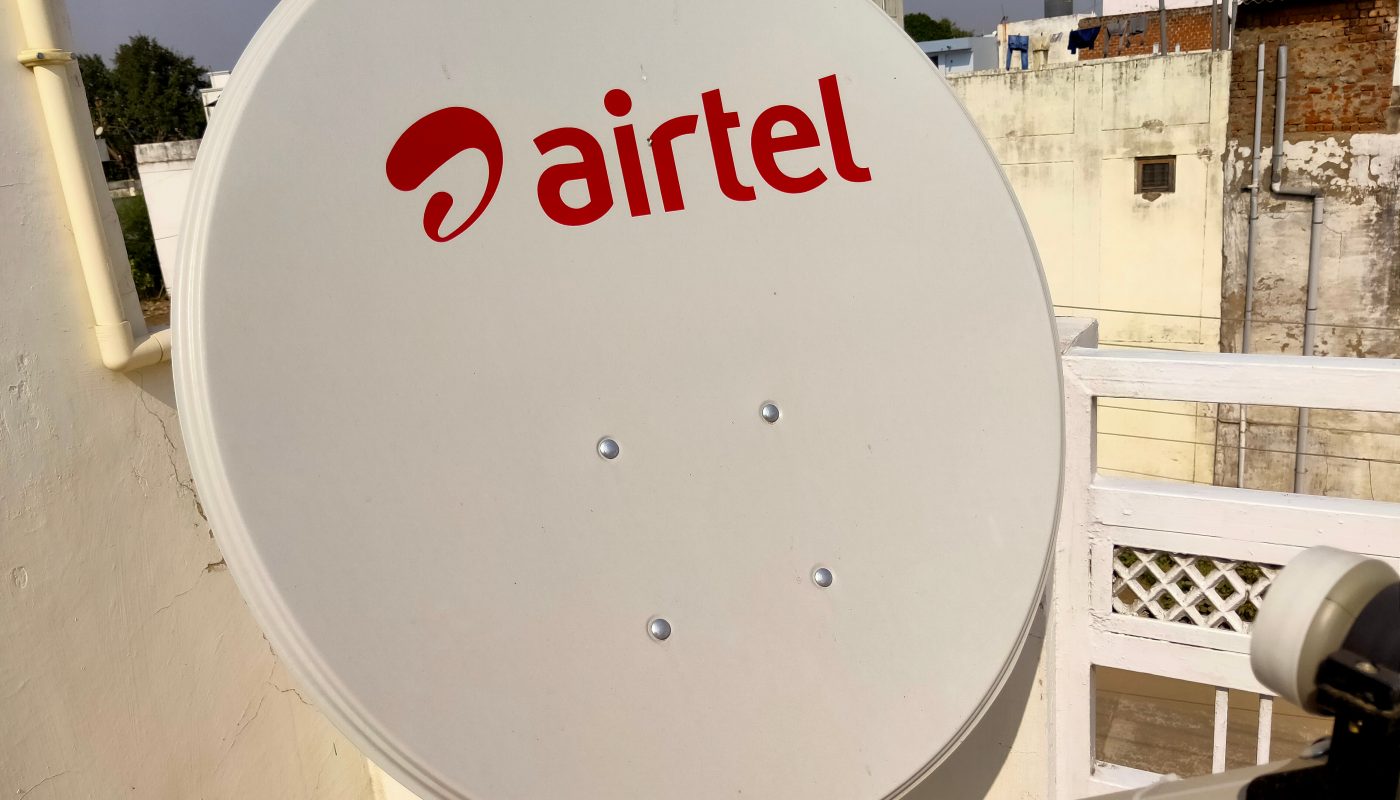The Free Air channels are a few TV channels provided by every DTH operator for free to the viewers. You can watch them easily on your TV by connecting to the right local TV towers. But to watch any channel on your TV, you will need to have the right type of antenna with your DTH box. In this blog, we will take you through the different definitions and uses of omnidirectional and directional antennae.
Buy Airtel DTH with exciting benefits
What is an Omnidirectional antenna?
An omnidirectional antenna is designed to transmit or receive radio waves in all directions. These antennas are typically used in wireless communications systems, such as cell phone towers or wireless routers, where it is important to be able to communicate with devices in all directions.
Omni-directional antennas are typically designed to have a relatively uniform radiation pattern in the horizontal plane, with a doughnut-shaped beam pattern that radiates equally in all directions. They are often used in situations where it is important to have a wide coverage area, such as in wireless networking applications or broadcasting.
What is a Unidirectional antenna?
A unidirectional antenna is designed to transmit or receive radio waves in a specific direction. These antennas are typically used in situations where it is important to focus the antenna’s beam in a particular direction, such as in long-distance communication or directional radio navigation. A unidirectional antenna is also called a directional antenna in certain cases.
What is an OTA television antenna?
The OTA television antennas connect with a local tower or pick up RF energy from the towers to broadcast free local and national channels. Doesn’t matter what your location is, home or outdoors, you can use these antennas with your TV to enjoy network shows anytime and anywhere you want.
There are two types of OTA antennas.
- Omni Directional Antenna
- Directional Antenna
Now you must be wondering, what is omnidirectional antenna and what is difference between omnidirectional and directional antennae. We will answer these questions and give your more details about these OTA antennas further in this article.
So, let’s get started.
What is the difference between omni-directional and directional antennae?
Let’s look at this data in structured tabular form.
| Basis of difference | Omni-directional Antenna | Directional Antenna |
| Placement | Easier to install as they catch signals in every direction | Need to find the right direction to get the best signal |
| Gain | Have lower gain | Have higher gain |
| Effective Coverage | More effective coverage due to lower gain | Less effective coverage due to high gain |
| Coverage range | Low coverage range as catching the signal in all directions | More coverage to further distances as focused on only one direction |
| Dependent | Less dependent on a single cell tower availability | Very dependent on a cellular tower availability |
| When moving to a new location | Adjustment is not needed when moving to a new location | Adjustment is needed due to its directional feature when moving to a new location |
| Signal Strength | Doesn’t offer a very strong signal | Comparatively offers a stronger signal in one direction |
| Noise | Less resistant to noise | More resistant to noise |
| Multipath Distortion | More multipath distortion | Less multipath distortion |
Now that you know the basic difference between the omnidirectional and directional antenna, let’s look at a few use cases of these antennas for you to understand their application in daily use.
Use cases for Over Air (OTA) antennas
When we talk aboutoOmnidirectional antennas, we know they can be placed in any location and any direction and still receive and radiate RF signals. Therefore, these antennas are great for people moving regularly or on the road.
For homes, your DTH operator will choose the best antenna for your HD set-top box or TV box.
People travelling in RVs or by other vehicles can use omnidirectional antennas to watch their regular shows on their TV while on the go. You can also use this antenna to receive Wi-Fi from resorts, hotels, restaurants, etc.
Whereas directional antennas are much more suited for static places. If you want to broadband a hotspot or connect two antennas to create a stronger connection, directional antennas work the best. Imagine a long corridor or a conventional hall, hallways, etc., directional antennas can be used to cover such structures.
A wide-band directional antenna can be used for better gain and compatibility with 4G LTE connections.
What to choose? Omni-directional or directional antennas
The choice between omni-directional and directional antennas is case-specific. If you just want to cover all directions and connect with multiple service providers in your area, an omni-directional antenna is the best for you.
But if your priority is a strong signal in only one direction, you can go for a directional antenna. Although here you will have to identify the location of the nearest cellular base station to place the antenna in the same direction. Directional antennas are also recommended for rural regions as the distance between cellular stations is more when compared to urban areas.


 Get App
Get App  Airtel Store
Airtel Store  Login
Login 


